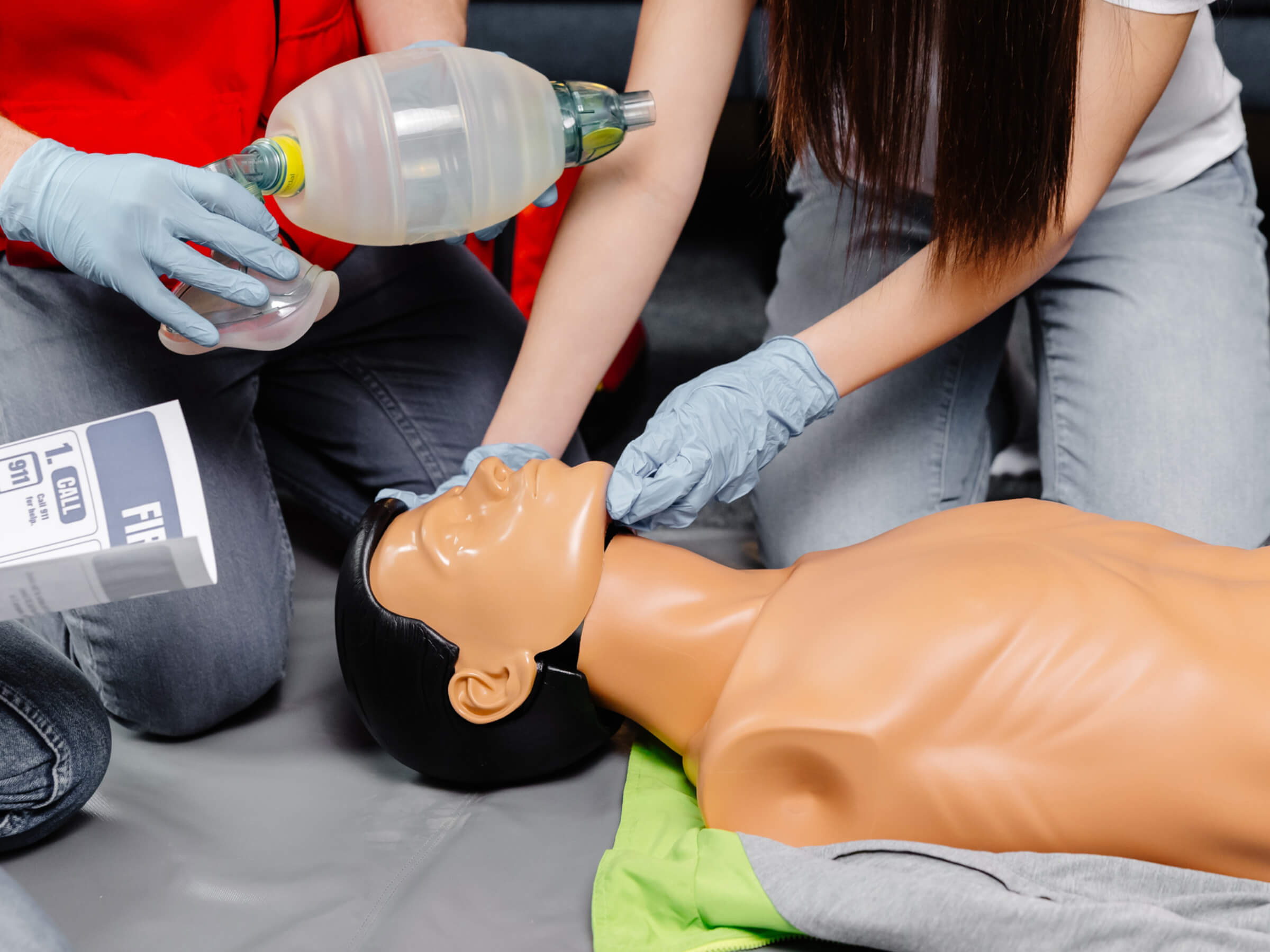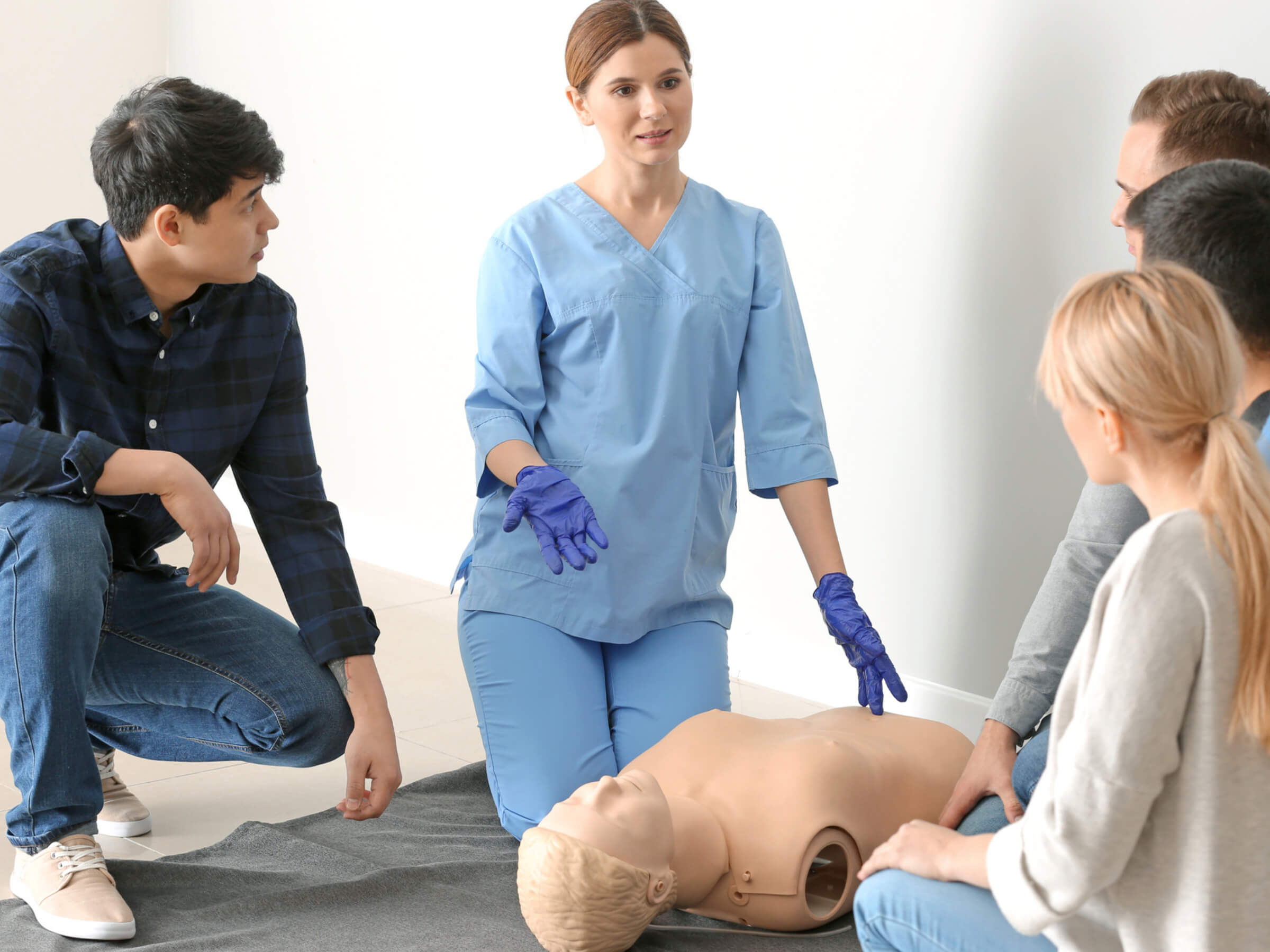Witnessing a child having a seizure is understandably frightening. But knowing the right actions to take can ensure the child’s safety and comfort while you wait for medical professionals to arrive. Here’s a guide to help you navigate this emergency situation.
Recognise the Signs of a Seizure:
A child experiencing a seizure may exhibit the following:
- Convulsions: Uncontrolled jerking or shaking of the body.
- Loss of consciousness: The child may become unresponsive.
- Staring spells: Their eyes may roll back or seem fixed.
- Stiffening of the body: Muscles may become rigid.
- Changes in breathing: Breathing may become rapid or shallow.
- Loss of bladder or bowel control: This can occur in some cases.
If Your Child Has a Seizure:
- Stay Calm: Remember, your calm demeanor can help soothe the child and those around you.
- Time the Seizure: Note the start and end time. This information is crucial for medical professionals.
- Clear the Area: Remove any objects that could cause harm if the child moves during the seizure.
- Protect the Head: Place something soft, like a folded towel or jacket, under their head.
- Turn Them on Their Side: This helps keep their airway open and prevents them from choking on saliva.
- Do Not Restrain Them: Allow the seizure to run its course. Restraining can cause injury.
- Do Not Put Anything in Their Mouth: Contrary to popular belief, a person cannot swallow their tongue during a seizure. Forcing something into their mouth can damage their teeth or block their airway.
- Loosen Tight Clothing: This helps with breathing.
- Comfort the Child: Once the seizure stops, comfort and reassure them. They may be confused or sleepy.
- Call for Help: If the seizure lasts longer than 5 minutes, or if it’s the child’s first seizure, call 999 (or your local emergency number) immediately.
After the Seizure:
- Allow the child to rest.
- If the child is injured during the seizure, seek medical attention.
- If the child has a known seizure disorder, follow their seizure action plan.
- Contact their doctor for further evaluation and guidance.
Prevention:
- If your child has a seizure disorder, ensure they take their medication as prescribed.
- Encourage regular sleep and healthy eating habits.
- Avoid triggers that can induce seizures, if known.
Remember:
A seizure can be a frightening experience, but knowing what to do can help protect your child. By staying calm and taking swift action, you can make a significant difference in their safety and well-being.
Disclaimer:
This article is intended as general guidance only and should not be used as a substitute for accredited training. Always follow the latest protocols from the Resuscitation Council UK, NHS England, and other relevant professional bodies. For up-to-date training and certification, please refer to CPD-accredited courses delivered by qualified providers.

